Description
Indications
Pharmacology
Cetirizine Hydrochloride is a potent H1 receptor antagonist without any significant anticholinergic and antiserotonic effects. At pharmacologically active dose levels, it has almost no drowsiness effect and does not cause behavioral changes. It inhibits the histamine-mediated early phase of the allergic reaction and also reduces the migration of inflammatory cells and the release of mediators associated with the late phase of the allergic reaction.
Pharmacokinetics: Cetirizine 10 mg achieves peak plasma concentrations of 257 mcg/L within one hour of administration (980 mcg/L in children). Food does not affect the extent of absorption, but it may slightly reduce the rate. Peak blood levels 0.3 micrograms/ml are reached between thirty & sixty minutes after administration of 10 mg dose of Cetirizine. Its plasma half-life is approximately 11 hours. Absorption is very consistent from one subject to the next. Its renal clearance is 30 ml/minute and the excretion half-life is approximately nine hours.
Dosage & Administration
Cetirizine oral dosage form:
- Adults and Children 6 years and older: 1 tablet or 2 teaspoonfuls daily (or 1 teaspoonful twice daily).
- Children 2-6 years: 1 teaspoonful once daily or 1/2 teaspoonful twice daily.
- Children 6 months to 2 years : 1/2 teaspoonful once daily. The dose in children 12-23 months of age can be increased to a maximum dose as 1/2 teaspoonful every 12 hours.
Cetirizine injectable dosage form: Cetirizine is a single use injectable product for intravenous administration only. The recommended dosage regimen is once every 24 hours as needed for treatment of acute urticaria. Administer Cetirizine as an intravenous push over a period of 1 to 2 minutes. Cetirizine is not recommended in pediatric patients less than 6 years of age with impaired renal or hepatic function.
- Adults and adolescents 12 years of age and older: The recommended dosage is 10 mg administered by intravenous injection.
- Children 6 to 11 years of age: The recommended dosage is 5 mg or 10 mg depending on symptom severity administered by intravenous injection.
- Children 6 months to 5 years of age: The recommended dosage is 2.5 mg administered by intravenous injection.
Interaction
Contraindications
Side Effects
Pregnancy & Lactation
Precautions & Warnings
Use in Special Populations
Hepatic or renal insufficiency: In patients with mild to moderate hepatic and renal impairment, total body clearance of Nosemin is reduced and AUC and half-life increased by about 2 to 3 fold. Clearance is reduced in proportion to the decline in creatinine clearance. Plasma levels are unaffected by hemodialysis. The plasma elimination half-life in dialysis patients is approximately 20 hours and the plasma AUC is increased by about threefold.
Pediatric Use: The safety of Nosemin has been demonstrated in pediatric patients aged 6 months to 5 years.
Elderly use: The clearance of Nosemin is reduced in elderly patients, but only in proportion to the decrease in creatinine clearance.


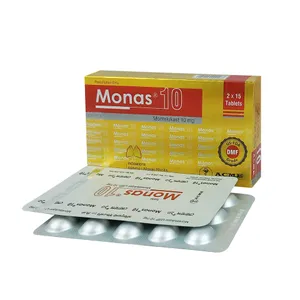
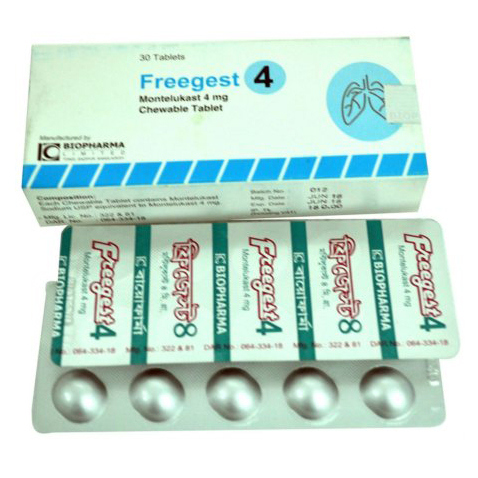
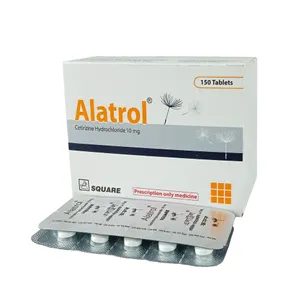
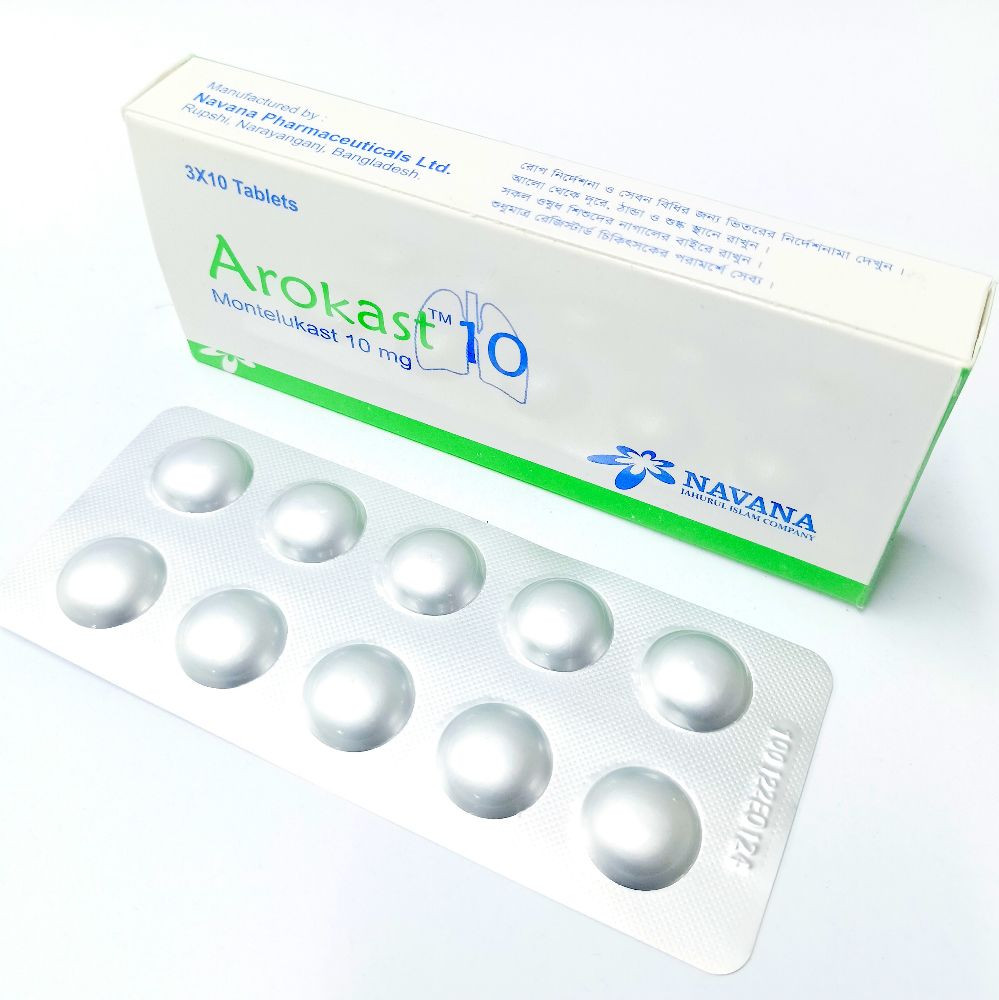

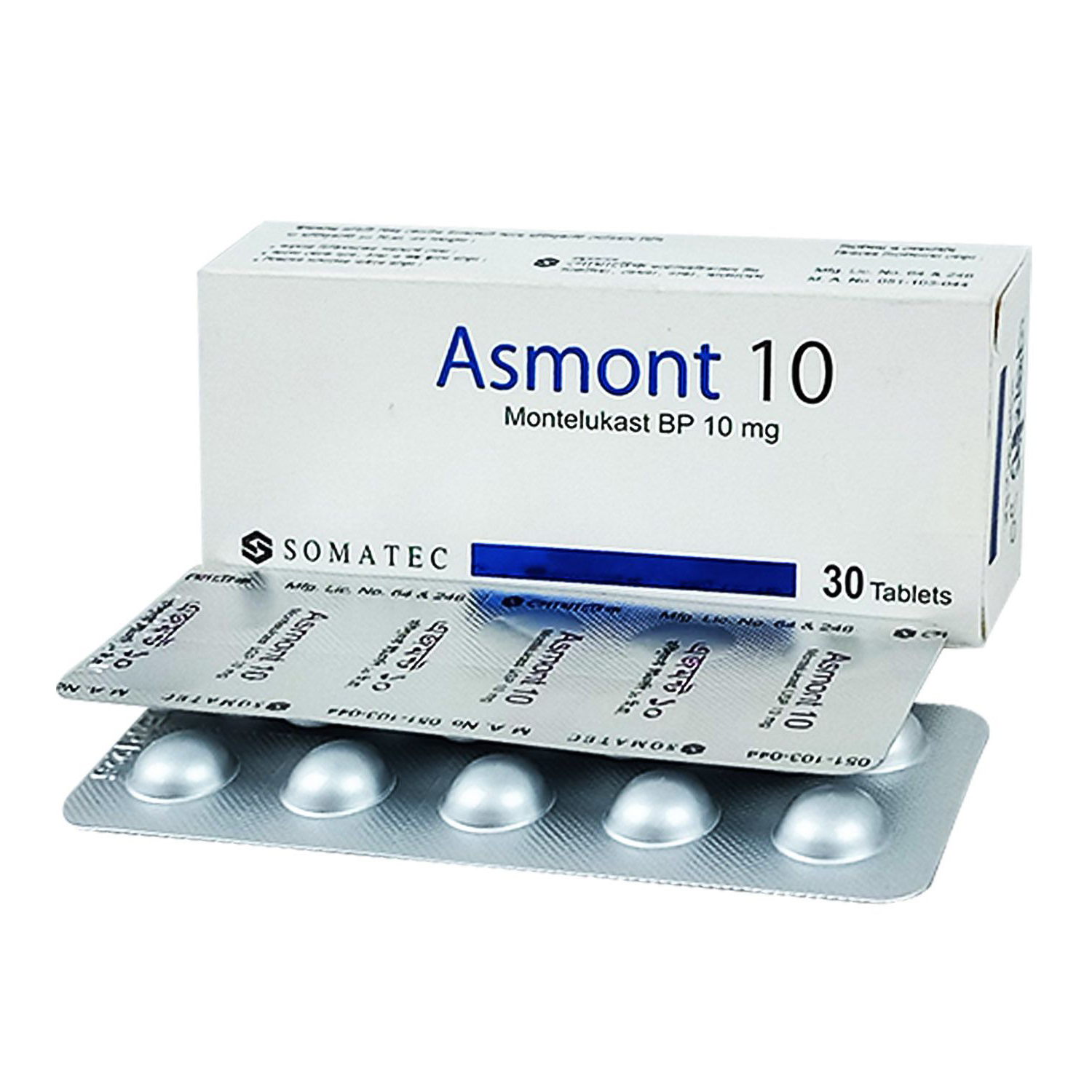
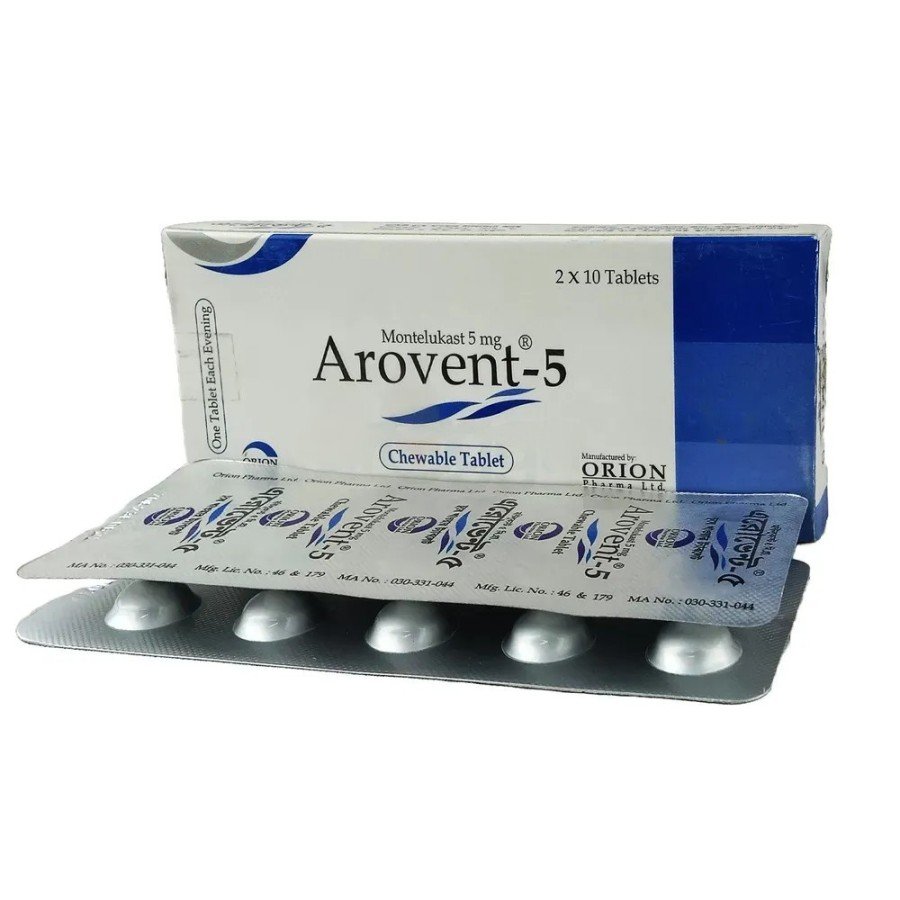
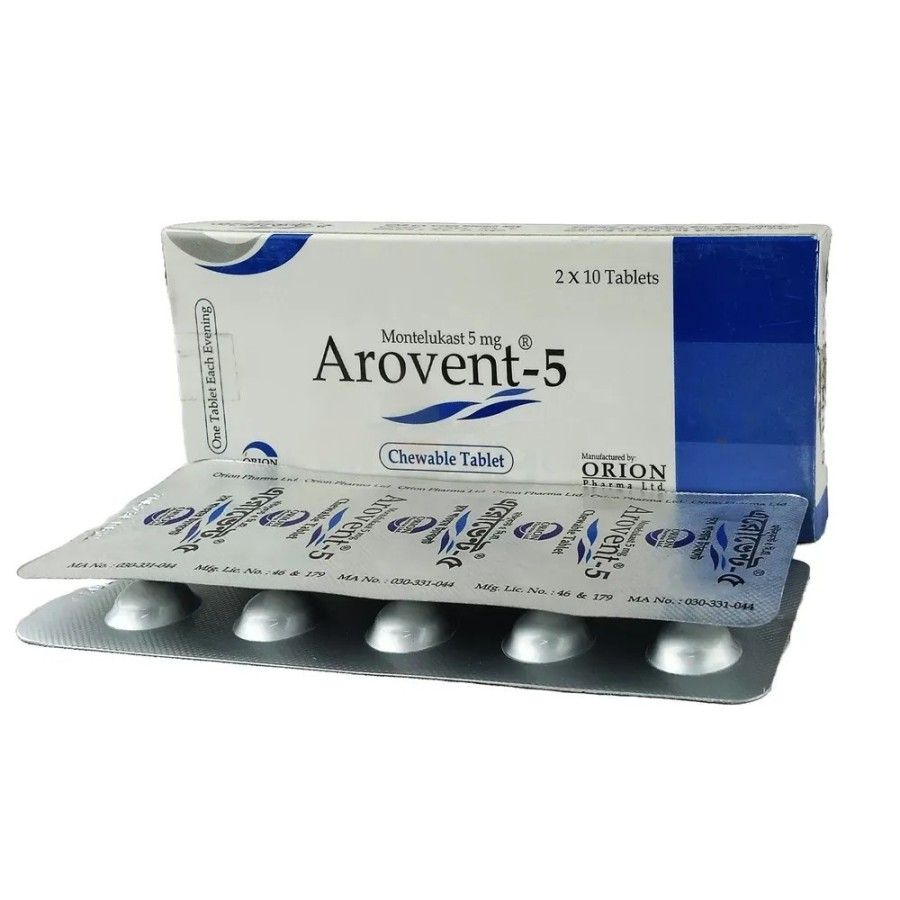
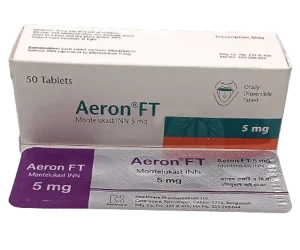
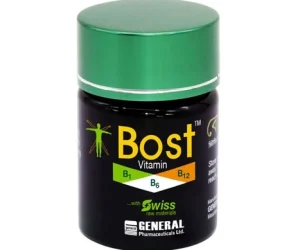
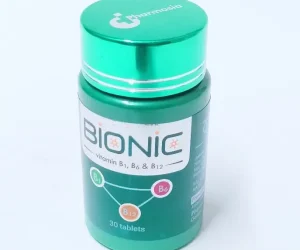
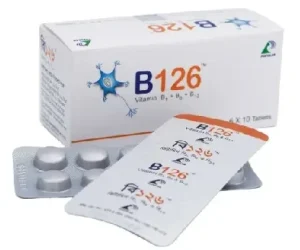
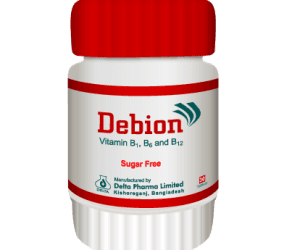

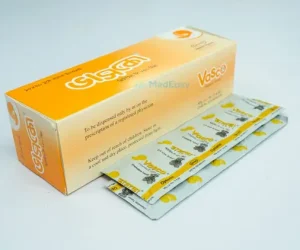
Reviews
There are no reviews yet.